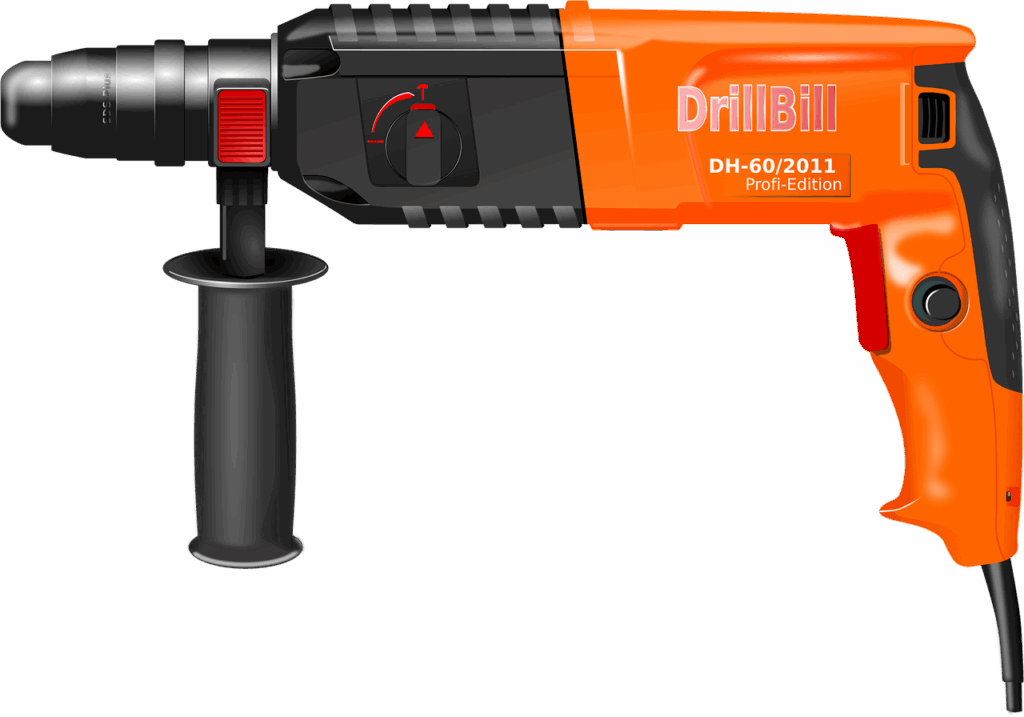
The automotive retail landscape is undergoing a profound upheaval, a transformation driven by a confluence of factors ranging from technological advancements to shifting consumer behaviors and global economic pressures. Dealerships, once the undisputed gatekeepers of car sales, are now grappling with an environment where traditional models are increasingly under scrutiny, and customers are wielding unprecedented power through digital channels. This seismic shift is not merely about a preference for online browsing; it’s a fundamental redefinition of the entire car-buying and ownership journey.
Today, the refrain “online only” echoes louder than ever, as a staggering 95% of car shoppers now rely on digital resources to gather information. This makes walk-in dealerships increasingly ineffective as an initial point of contact. This digital migration, coupled with persistent inventory challenges stemming from global supply chain disruptions, is creating significant operational hurdles for dealerships.
The pressure to adapt is immense, necessitating a strategic pivot towards agile, customer-centric approaches that leverage technology. This exploration will unpack critical challenges confronting automotive dealerships, from digital transformation to inventory management. By examining these areas, we aim to shed light on how dealerships can not only survive but thrive in this new era of automotive retail.
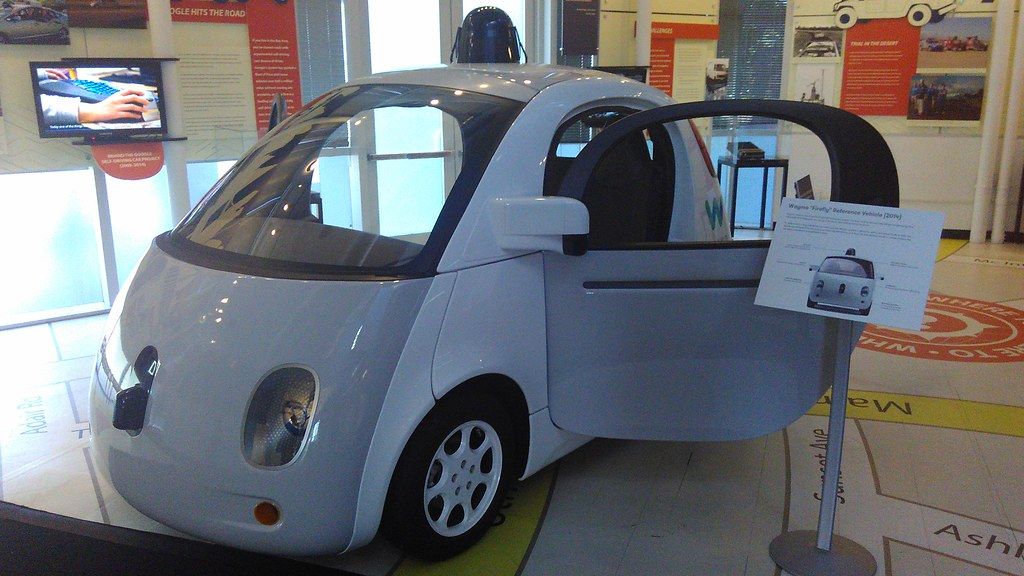
1. **Adapting to Digital Transformation**
The digital revolution has fundamentally reshaped the automotive retail experience, making digital transformation a survival imperative for dealerships. Customers today begin their car-buying journey online, transforming the role of the physical showroom. Virtual showrooms, direct-to-consumer models, and third-party automotive marketplaces have fundamentally shifted how vehicles are researched, compared, and even purchased, forcing dealerships to build digital-first strategies.
The context highlights that “60% of car buyers are open to purchasing a vehicle entirely online.” This underscores a clear consumer preference for digital convenience. Dealerships must modernize their approach, moving beyond heavy reliance on in-person interactions. The challenge is creating a comprehensive digital infrastructure that mirrors and enhances the physical buying experience, bridging the digital and physical retail.
Embracing digital transformation isn’t just about creating an attractive website; it’s about investing in a connected platform. This platform should support customer communication, digital estimates, remote approvals, and real-time updates. It involves integrating e-commerce systems, prioritizing social media engagement, digital marketing, and utilizing tools like chatbots to engage effectively.
Dealerships must optimize their websites for mobile devices, provide detailed vehicle information with high-quality images and videos, and implement virtual finance and trade-in tools. Offering home delivery options further enhances the digital experience. This proactive digital engagement is crucial for attracting customers and generating leads in an increasingly online-driven market.
Read more about: Where Are They Hiding? 14 Powerful Concepts Who Vanished From The Auto Show — And If They’ll Ever Be Built Now

2. **Supply Chain Disruptions & Inventory Management**
Few challenges have impacted dealerships as directly as supply chain disruptions, throwing traditional inventory management into disarray. Delays in new vehicle deliveries or parts shortages continue to impact profitability. “Significant production delays due to supply chain interruptions, particularly in the availability of semiconductor chips” in 2020 led to lower vehicle inventory, longer customer wait times, and frustrated customers.
The aftermath of the COVID-19 pandemic, geopolitical tensions, and logistical bottlenecks have strained the flow of parts and vehicles. This leaves many dealerships with low, unpredictable stock. It makes meeting customer demand harder, impacting both new and used vehicle sales. “75% of vehicles available for sale are 1-3 year old model vehicles & include at least 250 makes and models,” suggesting a diverse yet vulnerable pipeline.
The solution lies in agile and adaptive inventory management. This involves diversifying suppliers, increasing manufacturer communication, and considering just-in-time inventory systems. Offering pre-order options, allowing customers to reserve vehicles before delivery, is an innovative strategy. Continuous use of data analytics for inventory management and forecasting provides better visibility and control, helping to lower carrying costs for preowned vehicles.
Efficient communication between service technicians and the parts department is critical. A DMS extension can ensure “technicians have accurate, up-to-date information about parts availability, prices, and order times.” This can lead to a “15-27% increase in technician pay by reducing the time vehicles spend in the service cycle.” This holistic approach to inventory management is essential for mitigating financial impact and ensuring customer satisfaction.
Read more about: Navigating the 2025 Auto Market: An In-Depth Look at Pricing, Technology, and Consumer Shifts

3. **Evolving Customer Expectations & The Demand for Transparency**
Today’s customers are more informed, digitally connected, and demanding, reshaping the automotive retail experience. They expect competitive pricing and an efficient, transparent, and seamless buying and service journey. The context emphasizes “while price remains important, the overall service experience is more important in loyalty and retention,” highlighting a fundamental shift in consumer priorities. Customers now seek a seamless, personalized, and convenient journey.
The challenge for dealerships is meeting these rising expectations. Consumers want transparency in pricing, easy access to financing, and the ability to complete most of the purchase process from home. This renders conventional sales tactics less effective. Customers “who’ve completed all requirements online and arrived at the dealership expecting a fast transaction but instead waited for two hours,” underscores the digital-to-physical disconnect.
To bridge this gap, dealerships should focus on delivering a truly customer-centric experience. This means offering flexible purchasing options such as online buying, home delivery, and virtual showroom visits. Personalized recommendations, based on browsing history and individual preferences, create a more tailored and engaging experience. Utilizing CRM systems helps track interactions and provide a more personalized approach, strengthening loyalty.
Exceptional customer service requires sales teams to prioritize listening to customer needs rather than pushing for a quick sale. The Piedmont Chrysler Dodge Jeep Ram dealership states, “Our team will listen attentively to what you’re looking for, answer all your questions, and help you find the perfect vehicle.” This emphasis on understanding and responding to individual preferences is paramount for building trust and ensuring complete satisfaction, ultimately driving retention.
Read more about: Navigating the 2025 Auto Market: An In-Depth Look at Pricing, Technology, and Consumer Shifts

4. **Rethinking Sales Strategy**
The era of high-pressure, one-size-fits-all selling is over. Modern consumers expect consultative sales approaches focusing intently on their preferences, lifestyles, and needs. Dealerships must evolve from a purely transactional model to one rooted in relationship-based selling, recognizing today’s car buyer is highly informed and seeks a partner. The goal is to build long-term relationships, not just one-time sales.
This strategic pivot involves empowering sales teams to become trusted advisors. Instead of simply presenting vehicles, they should engage in meaningful conversations, understanding a customer’s specific requirements, budget, and aspirations. The Piedmont dealership highlights this by stating, “our team will go the extra mile to ensure your complete satisfaction,” indicating a commitment to personalized service over aggressive selling. This fosters trust and reduces friction.
Integrating digital tools into the sales process can significantly enhance this new strategy. By using digital inspection reports, centralized service communication, and integrated scheduling tools, dealerships can offer a more comprehensive and personalized experience. This streamlines the sales process and connects it seamlessly with service. Customers who purchase vehicles are “more likely to return for service when that workflow is convenient, transparent, and handled in one place.”
Ultimately, rethinking sales strategy means recognizing that today’s customer values the overall experience as much as the price. It’s about creating an environment where customers feel heard, valued, and guided through a transparent process. This shift enables dealerships to differentiate themselves, foster loyalty, and convert informed shoppers into satisfied, repeat customers.
Read more about: Beyond the Showroom: 14 Transformative Digital Shifts Reshaping Car Dealerships by 2035
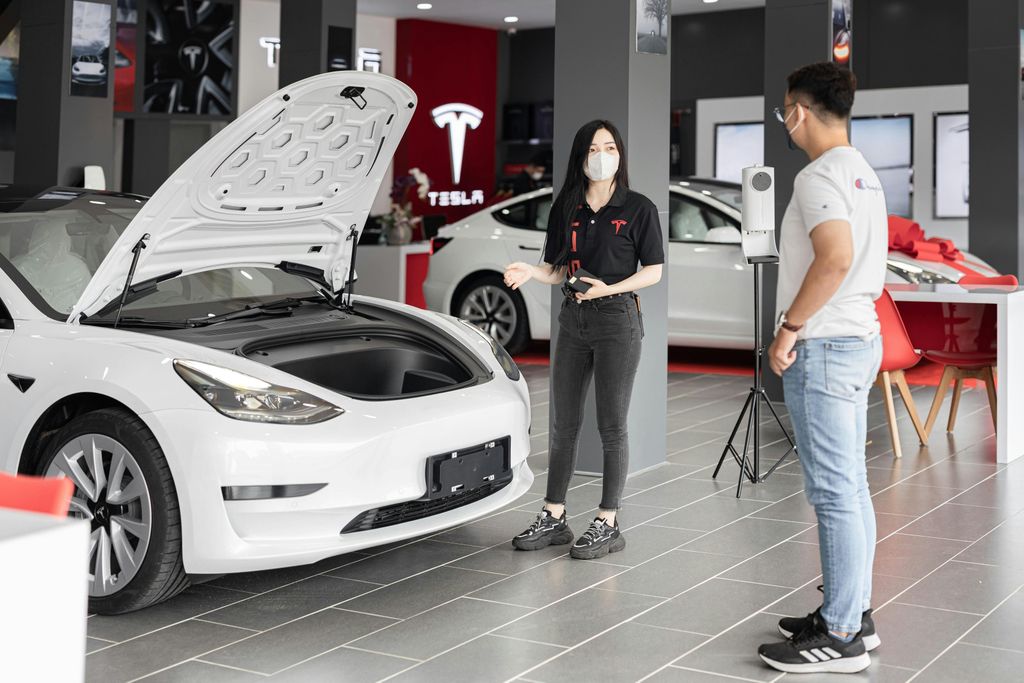
5. **Communicating Through the Right Channels**
Effective and timely communication is a cornerstone of modern customer satisfaction, and dealerships are discovering that the “right channels” have evolved dramatically. While email and phone calls still retain their place, text messaging has emerged as the fastest and most effective way to reach customers, aligning with consumer expectations for speed and convenience. This preference for instant, mobile-centric communication requires dealerships to adapt their outreach.
The integration of advanced communication tools, such as Workflow 360°’s Media 360°, offering “built-in text and SMS capabilities,” allows dealerships to streamline interactions. This platform enables sending appointment reminders, service updates, media files, and final approvals—all from one centralized system. Such capabilities empower dealerships to keep customers informed proactively, reducing anxiety and increasing transparency.
This streamlined communication isn’t just about convenience; it has tangible benefits for dealership operations. Quicker responses mean “more jobs completed, improved CSI scores, and fewer vehicles sitting in the bay,” directly impacting productivity and profitability. By shortening the time between diagnosis and repair, and giving customers more control over service decisions through instant updates, dealerships can significantly enhance efficiency.
Furthermore, improved internal communication, facilitated by centralized platforms, ensures all departments are aligned and have access to the same information. Whether through aligned route sheets, quotes, or SMS communication, responding quickly and accurately to customer inquiries greatly enhances the overall customer experience and boosts retention rates. Embracing these digital channels is vital for meeting customer expectations and staying competitive.
Read more about: A Comprehensive Guide for Consumers: Navigating the Complexities of Importing a Car from Abroad

6. **Streamlining Inefficient Processes & Workflow Bottlenecks**
One of the costliest challenges for dealerships isn’t just external market forces, but often internal inefficiencies that slow productivity and eat into profits. Bottlenecks in communication, fragmented systems, and manual workflows create significant operational hurdles. The context explicitly states that “the costliest challenge for dealerships isn’t a shortage of skilled labor or expensive equipment—it’s inefficiency.” This underscores the critical need to identify and eliminate these process breakdowns.
Inefficient inventory management leads to overstocking or mismatched inventory. This can be mitigated by “using dealership management software,” “conducting regular audits,” and “implementing real-time tracking systems.” Similarly, “poor communication between sales, service, and administrative teams creates workflow bottlenecks,” highlighting the need for “centralized communication platforms” and “clear roles and responsibilities” for seamless operations.
Lengthy sales processes frustrate customers and reduce conversion rates. The solution involves streamlining, such as “pre-qualifying leads with CRM tools,” “standardizing the sales pitch and documentation,” and “offering digital signing options for faster transactions.” These proactive measures improve the customer experience and significantly boost internal efficiency, aligning with customer expectations for speed and convenience.
A DMS extension serves as an “essential tool” in this situation, enhancing existing Dealer Management System functionalities. For example, it can “enhance communication and workflow across various departments, ensuring no detail is missed and every process runs smoothly.” By mapping out dealership workflows, delegating tasks, and automating repetitive tasks, dealerships can reduce operational costs and significantly enhance overall efficiency.
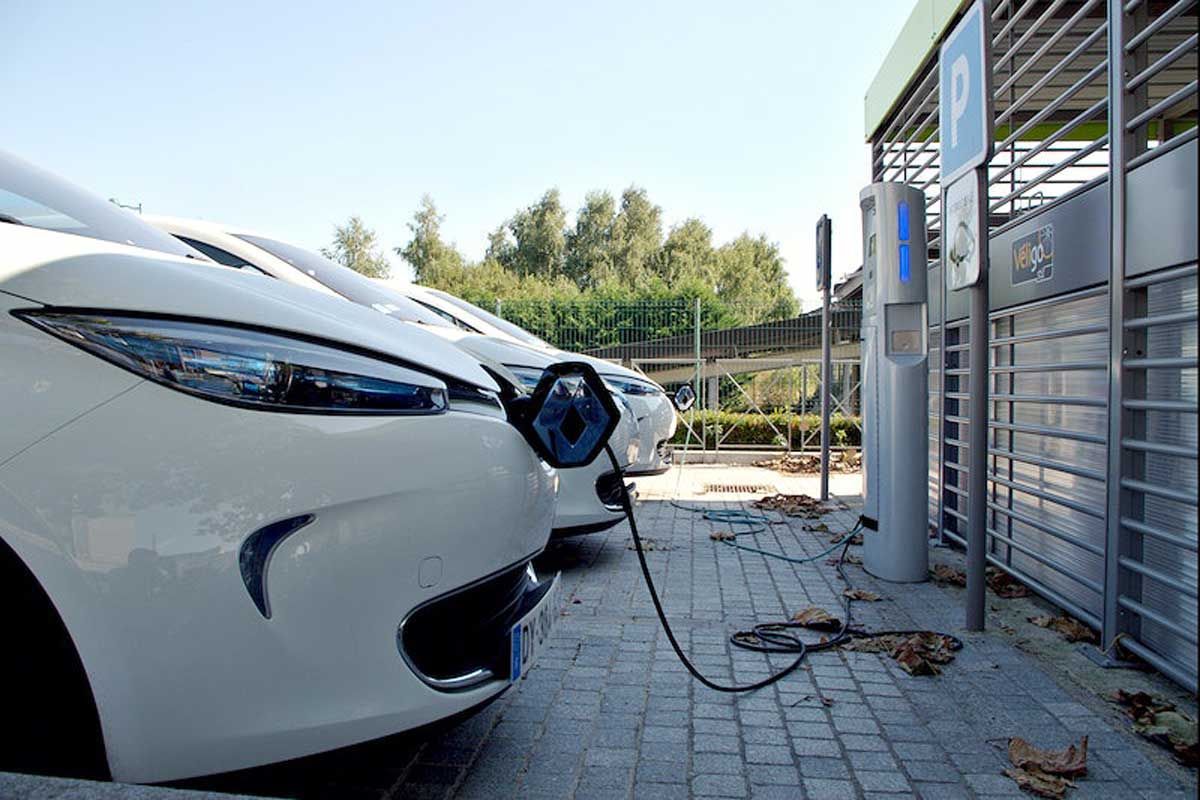
7. **Shifting to Electric Vehicles (EVs) and Broader Technological Advancements**
The automotive industry is experiencing a monumental shift towards electrification, with electric vehicles (EVs) becoming an increasingly significant force. A “25% rise in sales at the end of 2024” signals a clear trajectory, presenting remarkable opportunities but also profound challenges. Dealerships require careful adaptation and strategic foresight to capitalize on this market evolution.
EVs represent a fundamental departure in technology, requiring a different sales and service approach. Customers often have questions regarding range, charging, and maintenance costs; dealerships must equip sales teams with accurate information and adapt service bays for distinct EV processes. Broader tech, like complicated infotainment systems, also contributes to “a decline in the Customer Satisfaction Index (CSI) for new cars,” highlighting the importance of seamless integration.
To navigate this frontier, dealerships must invest strategically in comprehensive EV-specific training for sales and service teams. This ensures staff can educate customers effectively and address unique servicing requirements. Displaying EVs prominently, offering test drives, and partnering with charging infrastructure providers are crucial steps to demystify ownership. Tailored maintenance packages for EVs can further attract customers.
Ultimately, continuous staff training and development is paramount, equipping employees with skills to handle evolving technologies. This proactive approach addresses potential “Customer Satisfaction Index (CSI) issues” before they escalate, ensuring a smooth transition to advanced vehicles while upholding high customer satisfaction. Such commitment is vital for long-term success in an increasingly tech-driven market.
Read more about: Navigating the 2025 Auto Market: An In-Depth Look at Pricing, Technology, and Consumer Shifts

8. **Maintaining Profit Margins in a Competitive Market**
The automotive retail market is intensely competitive, pressured by car subscription services and direct-to-consumer models. Dealerships must strategically sustain healthy profit margins while maintaining a competitive edge. This balance demands agility and a sharp focus on value creation.
A key challenge is balancing competitive pricing with profitability. Informed consumers easily find best deals, forcing narrow margins. Rising costs for vehicle acquisition and maintenance, particularly with new technologies, further erode profits, making substantial revenue from sales alone difficult.
Traditionally, many dealerships relied on service departments for revenue, offsetting leaner new vehicle margins. However, contemporary strategy demands diversifying income streams. This means moving beyond sole reliance on service departments, crucial for long-term financial resilience in a constantly shifting market.
To boost profitability, dealerships can offer value-added services like extended warranties, maintenance plans, and accessories. Leveraging digital platforms for targeted marketing campaigns drives customer traffic and improves margins. Crucially, focusing on customer retention through loyalty programs, exceptional after-sales service, and flexible financing solutions encourages repeat business, maximizing service department utilization and bolstering overall profitability.
Read more about: Car Leasing Traps for Baby Boomers: Navigating Common Mistakes to Save Money

9. **Navigating Regulatory and Environmental Compliance**
The automotive industry faces escalating pressure to reduce emissions and enhance fuel efficiency, translating into formidable regulatory challenges for car dealerships. New environmental regulations, federal statutes, and governmental policies profoundly impact operations, from vehicle types permitted for sale to emission reporting and marketing methods.
A core challenge for dealerships lies in meticulously understanding and consistently adhering to a constantly evolving patchwork of local, national, and international regulations. Failure to comply can lead to substantial fines, legal repercussions, and severe damage to reputation. Moreover, as governments introduce incentives for EVs and low-emission models, dealerships must stay informed to guide customers and capitalize on financial benefits.
To successfully navigate this complex regulatory landscape, dealerships should consider investing in dedicated legal and regulatory compliance teams or engaging expert consultants. A strategic solution also involves consciously offering a broader selection of hybrid and electric vehicles, not just to meet burgeoning consumer demand, but also to align with government regulations. Educating customers about available incentives for low-emission options can significantly enhance sales and foster goodwill.
Read more about: Beyond the Roar: Unpacking the Resurgence of Classic Muscle Cars for American Enthusiasts
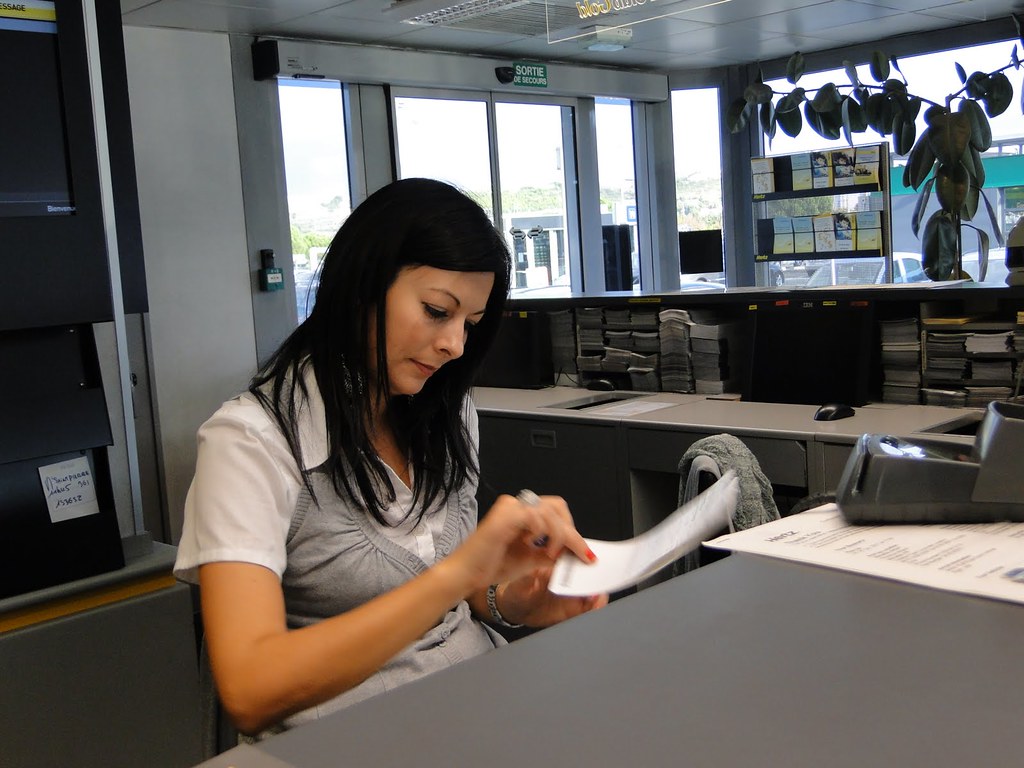
10. **Overcoming Internal Communication Silos**
While external communication like text messaging has revolutionized customer outreach, a critical challenge for dealerships is internal communication silos. Fragmented information flow and isolated departmental operations “create workflow bottlenecks,” diminishing productivity, increasing inefficiencies, and ultimately compromising the customer experience.
The detrimental effects of miscommunication between critical departments are manifold. When sales, service, and administrative teams operate in isolation, vital information—such as customer preferences, vehicle history, or parts availability—can get lost or delayed. This friction creates significant workflow bottlenecks, hindering seamless operations and leading to frustrating delays for both staff and customers. It’s a systemic issue impacting the entire customer journey.
Addressing these entrenched silos requires a multi-faceted approach focused on fostering transparency and collaboration. Practical solutions include implementing centralized communication platforms, serving as a single source of truth for all data. A powerful tool is a Dealer Management System (DMS) extension, specifically designed to “enhance communication and workflow across various departments,” ensuring “no detail is missed and every process runs smoothly” without disrupting existing workflows.
Ultimately, fostering “better internal communication leads to better customer service.” When all departments are aligned and have instant access to the same up-to-date information, it creates a smoother process. Whether through aligned route sheets, transparent quotes, or unified SMS communication logs, responding quickly and accurately to customer inquiries is dramatically enhanced. This approach not only boosts operational efficiency but also greatly “enhances the overall customer experience and boosts retention rates.”
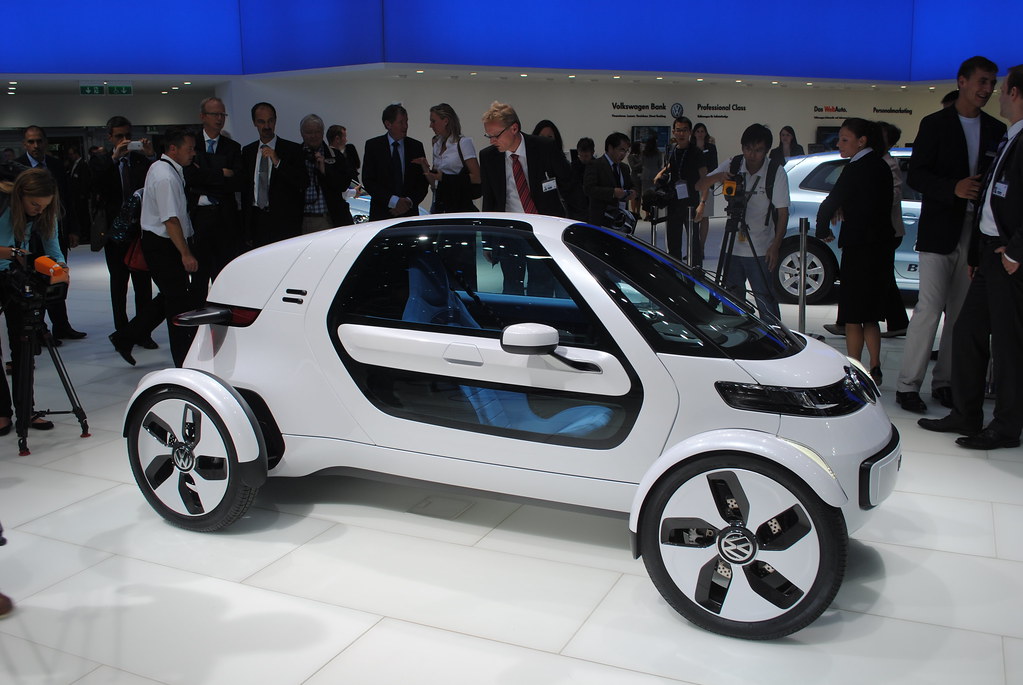
11. **Addressing the Critical Need for Comprehensive Staff Training**
A foundational challenge undermining automotive retail strategies is “inadequate training for staff.” When employees lack necessary skills, knowledge, or information, it leads to increased errors, declining customer service, and low morale. This deficiency impacts individual performance, dealership reputation, and profitability.
In an industry defined by rapid technological evolution and shifting customer expectations, continuous and comprehensive training programs are an absolute imperative. These programs are essential for enhancing staff capabilities across all departments, from sales to service, ensuring teams are equipped to handle modern vehicle complexities and customer interactions, including specialized training for electric vehicles. Dealerships should implement a diverse range of solutions, such as regular workshops, role-playing exercises, accessible online resources, and encouraging industry certifications. Providers like the Automotive Training Network (ATN) offer robust programs, including “Virtual coaching, in-dealership workshops, and intensive boot camps,” designed to maximize sales and enhance customer experiences.
Ultimately, a dealership’s human capital is its most valuable asset, and investing in its development is critical for long-term success. Highly trained employees are more efficient, make fewer errors, and are better positioned to deliver exceptional customer service, which is crucial for fostering loyalty and retention. This proactive approach to skill development is essential for maintaining a competitive edge and ensuring that teams are not only proficient in current practices but also agile and adaptable enough to embrace future innovations.
Read more about: Remote Work’s Transformative Power: Reshaping Small Town Economies Across America

12. **Leveraging Data-Driven Insights for Decision Making and Marketing**
In contemporary automotive retail, intuition-based decisions are a luxury few dealerships can afford. The absence of robust “data insights” means missing growth opportunities and operating at a disadvantage. Analytics tools providing actionable insights are indispensable, transforming how successful dealerships operate and strategize.
Data analytics plays a pivotal role in refining critical operational areas, most notably inventory management. By meticulously monitoring key metrics such as sales performance, customer preferences, and market trends, dealerships can employ predictive analytics to accurately forecast demand, optimizing stock levels and reducing carrying costs. Beyond operations, data-driven insights are revolutionizing marketing strategies, moving them far beyond generic campaigns.
Dealerships can transition to highly targeted and personalized approaches, implementing tactics like segmenting customers based on behavior, enabling personalized email campaigns, and effective retargeting ads. Continuously “analyzing marketing ROI to refine campaigns” ensures every marketing dollar is spent strategically, optimizing effectiveness and maximizing returns. To harness the full potential of data, dealerships must commit to regularly monitoring key performance metrics, from sales conversion rates to customer satisfaction scores. Integrating advanced analytics tools and regularly reviewing comprehensive performance dashboards are essential steps for gaining a holistic understanding of business health and identifying areas for improvement. This commitment to data-driven decision-making provides the clarity needed to make informed choices, driving growth and efficiency in an increasingly complex market.
Read more about: Navigating the 2025 Auto Market: An In-Depth Look at Pricing, Technology, and Consumer Shifts
The journey through these pressing challenges and strategic adaptations reveals a clear mandate for automotive dealerships: evolve or risk being left behind. From the seismic shift towards electric vehicles and the intricate dance of maintaining profit margins to the complexities of regulatory compliance, dismantling internal silos, empowering staff through comprehensive training, and leveraging the undeniable power of data, each hurdle is also a profound opportunity. Dealerships that proactively embrace these changes, adopting agile strategies and integrating innovative tools like DMS extensions, are not merely surviving but are actively shaping their future. They are building resilient, customer-centric operations poised to thrive in this dynamic new era of automotive retail, ensuring that the path forward is paved with efficiency, satisfaction, and sustainable growth.



